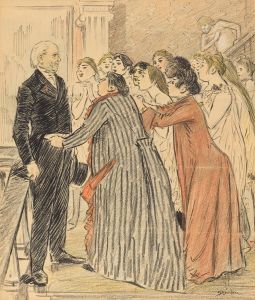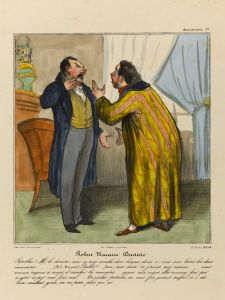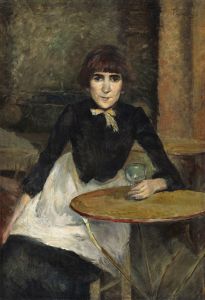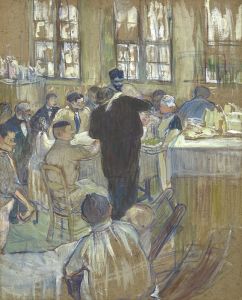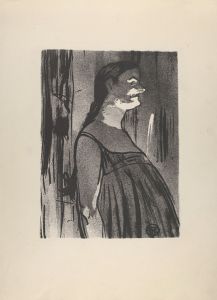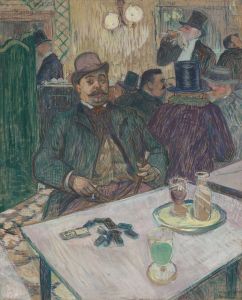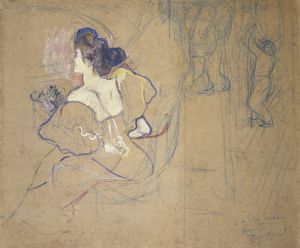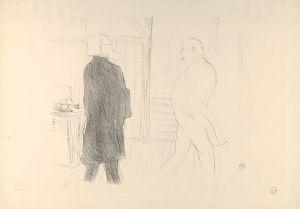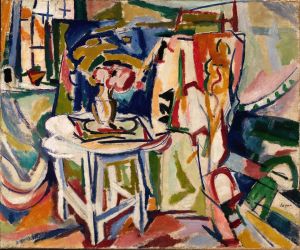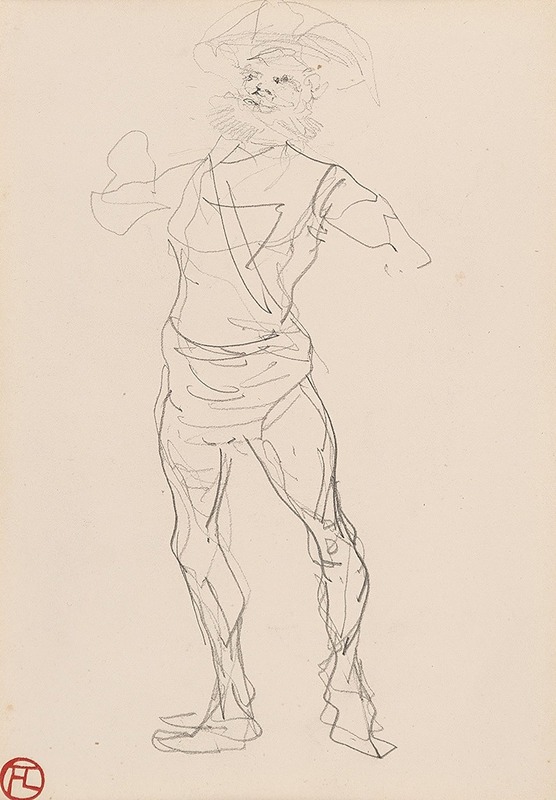
Homme debout
A hand-painted replica of Henri de Toulouse-Lautrec’s masterpiece Homme debout, meticulously crafted by professional artists to capture the true essence of the original. Each piece is created with museum-quality canvas and rare mineral pigments, carefully painted by experienced artists with delicate brushstrokes and rich, layered colors to perfectly recreate the texture of the original artwork. Unlike machine-printed reproductions, this hand-painted version brings the painting to life, infused with the artist’s emotions and skill in every stroke. Whether for personal collection or home decoration, it instantly elevates the artistic atmosphere of any space.
Henri de Toulouse-Lautrec, a prominent French painter, printmaker, draughtsman, and illustrator, is renowned for his depictions of Parisian nightlife in the late 19th century. One of his lesser-known works is "Homme debout" (Standing Man). Toulouse-Lautrec was born on November 24, 1864, in Albi, France, and he became a central figure in the Post-Impressionist movement, which included other notable artists like Vincent van Gogh and Paul Gauguin.
"Homme debout" is a painting that exemplifies Toulouse-Lautrec's unique style, characterized by his keen observation of human behavior and his ability to capture the essence of his subjects with minimalistic yet expressive lines. The painting depicts a man standing, though specific details about the identity of the subject or the exact date of the painting are not well-documented. Toulouse-Lautrec often drew inspiration from the bohemian lifestyle of Paris, particularly the Montmartre district, which was a hub for artists, writers, and performers during his time.
Toulouse-Lautrec's technique in "Homme debout" reflects his broader artistic approach, which often involved the use of bold outlines and a limited color palette to emphasize the form and posture of his subjects. This method allowed him to convey a sense of movement and personality with remarkable economy. His works frequently featured figures from the entertainment industry, including dancers, singers, and prostitutes, capturing the vibrancy and sometimes the decadence of Parisian society.
The artist's own life was marked by physical challenges and personal struggles. Toulouse-Lautrec suffered from a genetic disorder that resulted in his short stature and fragile health. Despite these difficulties, he was a prolific artist, producing thousands of works, including paintings, prints, and posters. His contributions to the art world were significant, particularly in the development of the modern poster as an art form.
Toulouse-Lautrec's work, including "Homme debout," is celebrated for its candid portrayal of contemporary life and its innovative use of composition and color. His ability to capture the spirit of his time with both empathy and critical insight has left a lasting legacy in the art world. Today, his works are held in high esteem and can be found in major museums and private collections around the world.
In summary, "Homme debout" by Henri de Toulouse-Lautrec is a testament to the artist's skill in depicting human figures with a distinctive style that combines simplicity and expressiveness. While specific details about this particular painting are scarce, it remains an important piece within the broader context of Toulouse-Lautrec's oeuvre, reflecting his enduring impact on the art of his era.





